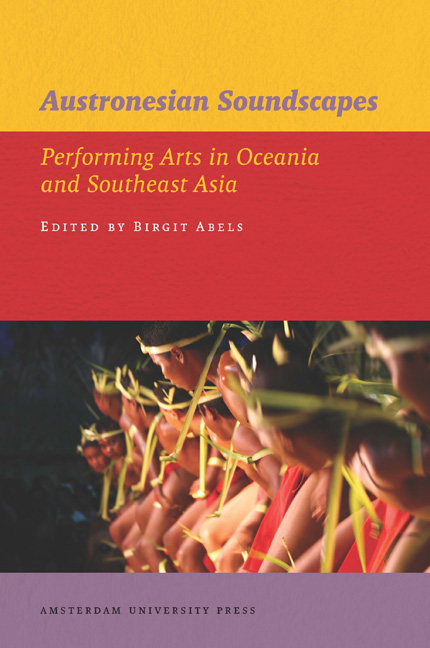13 - Performing Austronesia in the Twenty-first Century: A Rapa Nui Perspective on Shared Culture and Contact
Published online by Cambridge University Press: 20 January 2021
Summary
Introduction
Easter Island (Rapa Nui) represents the southeast corner of the ‘Polynesian triangle’ serving as a boundary marker in the conceptualisation of Austronesia as a geo-cultural space. It is an island with a contested history in global literatures, serving as the basis for a range of credible and incredible theories about human society, culture and conduct, and its megalithic stonework pervades global popular culture. Up until the mid-20th century, the antiquity of Polynesian settlement on Rapa Nui was questioned, with comparisons drawn more to the material cultures of the Americas (cf. Heyerdahl 1989). While more recent research has confirmed the Polynesian origins of Rapa Nui society (Fischer 2005; Hagelberg et al. 1994), the status of Rapa Nui as Chilean territory since 1888 and the enduring Chilean cultural and political influence over Rapa Nui since that time has generated a social climate in which Polynesian and Latin American influences are mixed, and much of the cultural activity undertaken by contemporary indigenous culture bearers involves the unravelling of these entwined influences.
All extant studies of Rapa Nui performance culture confirm the Polynesian characteristics of precontact Rapa Nui music and dance (cf. Campbell 1988; 1971; González 1998; Loyola 1988). These performance practices have helped Rapa Nui islanders to communicate with other Polynesians throughout their history. Rapa Nui islanders celebrate their shared heritage with other Polynesian cultures, as their linguistic and cultural commonalities help them to assert their cultural identity and independence in the context of Chilean political sovereignty. Since the turn of the 21st century, as the capacity of Rapa Nui islanders to communicate and travel internationally has dramatically increased, so too have Rapa Nui performers begun to look beyond the neighbouring islands of Polynesia into other Austronesian areas in search of new audiences with whom to build relationships and draw closer. Music and dance, more than any other aspects of Rapa Nui culture, have facilitated this search, as it is through performance that Rapa Nui islanders are able to communicate with those with whom they do not share a close linguistic, political or historical bond. In this way, contemporary Rapa Nui performers have forged meaningful contact with indigenous performers in places like Taiwan and Borneo, far removed from Polynesia but linked by an ancient shared Austronesian heritage.
- Type
- Chapter
- Information
- Austronesian SoundscapesPerforming Arts in Oceania and Southeast Asia, pp. 261 - 276Publisher: Amsterdam University PressPrint publication year: 2012
- 1
- Cited by

